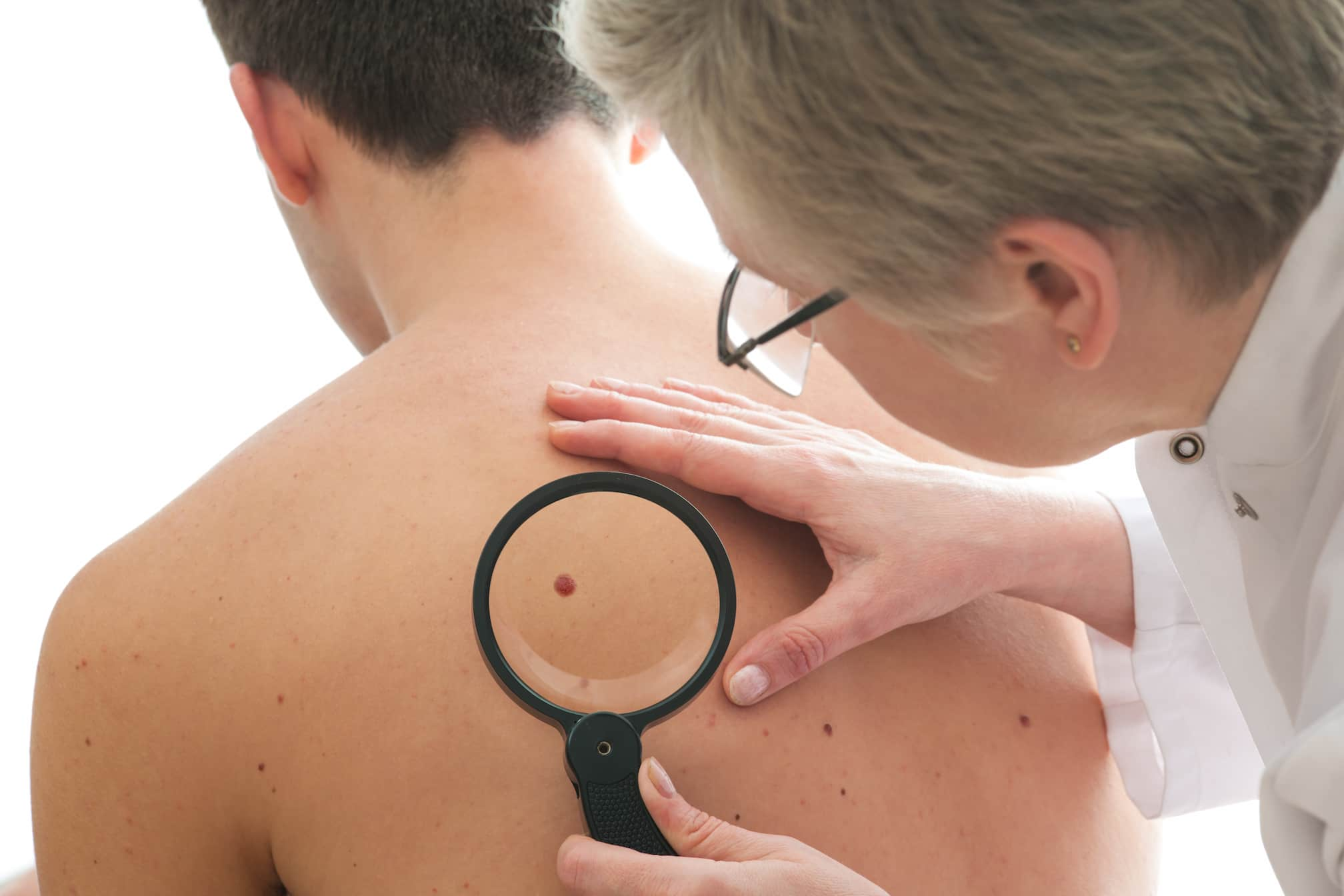
Melanoma or Skin Cancer
There are millions of new cases of skin cancer detected every year in the United States, making it the most prevalent type of cancer to be diagnosed there. Melanoma, squamous cell carcinoma, and basal cell carcinoma are the three most common forms of cancer that can occur on the skin.
Melanoma is the most lethal form of carcinoma, despite the fact that basal cell and squamous cell carcinoma are the more prevalent kinds. It is essential for early detection and treatment of skin cancer to have a solid understanding of the distinctions between the various forms of the disease. The differences between melanoma and carcinoma will be the primary topic of discussion throughout this essay.
What Is the Difference Between Melanoma and Carcinoma?
Melanoma is a form of skin cancer that begins in the cells of the skin that are responsible for creating pigment, which are known as melanocytes. Melanoma can develop in any part of the body, including those parts that are never exposed to the sun. Melanoma is a type of skin cancer that occurs less frequently than other types of skin cancer; however, it is more aggressive than other types of skin cancer and can spread rapidly to other parts of the body, making early detection and treatment of the disease absolutely necessary.
On the other hand, carcinoma is a form of skin cancer that originates in the cells that are found in the epidermis, which is the outermost layer of skin. Cancer of the skin can be broken down into its two primary subtypes: basal cell carcinoma and squamous cell carcinoma. The most prevalent kind of skin cancer is called basal cell carcinoma, while squamous cell carcinoma is the second most common form. In contrast to melanoma, carcinoma often progresses more slowly and has a lower risk of metastasizing to other regions of the body.

Can Carcinoma Turn into Melanoma?
Even while basal cell carcinoma and squamous cell carcinoma are distinct from melanoma, it is nevertheless possible for them to progress into melanoma, albeit in extremely few cases. Melanoma is the most dangerous form of skin cancer. If you have a family history of skin cancer, it is critical that you keep a close eye on any new growths or changes in the appearance of any existing growths, and that you consult a dermatologist as soon as possible if you notice any of these changes.
Which Is More Serious Melanoma Or Basal Cell Carcinoma?
Melanoma is by far the most dangerous form of skin cancer, despite the fact that basal cell carcinoma and squamous cell carcinoma are the most frequent types of skin cancer. Due to the rapid growth and dissemination of melanomas, it is essential to diagnose and treat these cancers at an early stage. Melanoma can be fatal if it is not detected and treated in time.
On the other hand, basal cell carcinoma is characterised by a typically moderate rate of growth and uncommon metastasis to other areas of the body. Basal cell carcinoma is often slow-growing as well, although squamous cell carcinoma carries a marginally higher risk of metastasizing, or spreading, to other areas of the body than basal cell carcinoma does.
The Study of Melanoma or Skin Cancer
A recent study published in the Journal of Skin Cancer Research investigated the differences in the growth rates of melanoma and carcinoma, shedding light on their varying degrees of aggressiveness. The study found that melanoma is indeed more aggressive and can spread more rapidly to other parts of the body compared to carcinoma. These findings emphasize the importance of early detection and timely treatment for melanoma to improve patients’ outcomes. This study supports the information presented in the article regarding the differing characteristics of these skin cancers.
How Quickly Should Melanoma Be Removed?
If melanoma is detected, it should be removed as soon as possible. The speed at which melanoma should be removed depends on the stage of the cancer. In the early stages, when the cancer is still localized, surgery to remove the tumor is usually recommended. This is typically done within a few weeks of the diagnosis. In more advanced stages, when cancer has spread to other parts of the body, treatment options may include surgery, radiation therapy, and chemotherapy.
The timing of these treatments will depend on the extent of the cancer and the individual’s overall health. It is important to follow the recommendations of your healthcare team and to undergo any necessary treatments as soon as possible to increase the chances of a positive outcome.
Healthy Türkiye Notes
In summary, melanoma and carcinoma are two different types of skin cancer that originate in different cells of the skin. Melanoma is less common but more aggressive and can spread quickly to other parts of the body. Carcinoma, which includes basal cell and squamous cell carcinoma, is more common but usually grows slowly and is less likely to spread. Regardless of the type of skin cancer, early detection and treatment are essential for the best possible outcome. Protecting your skin from the sun and monitoring any changes in existing growths or new growths are important steps in preventing and detecting skin cancer.
Regular skin exams by a dermatologist can also help detect skin cancer early. During a skin exam, the dermatologist will examine your skin from head to toe, looking for any signs of skin cancer. They may also recommend a biopsy if they find any suspicious growths.
It is essential to keep in mind that everybody, regardless of their skin tone, is at risk for developing skin cancer. On the other hand, individuals who have fair skin, red or blonde hair, and light-colored eyes are at a greater risk of developing skin cancer. Those who have had sunburns in the past, who have used tanning beds, or who have a family history of skin cancer are also at a higher risk.
Prevention is key when it comes to skin cancer. To protect your skin, it is recommended to wear sunscreen with an SPF of at least 30, wear protective clothing, seek shade, and avoid tanning beds. It is also important to monitor any changes in your skin and report them to your dermatologist promptly.
In conclusion, knowing the difference between melanoma and carcinoma can help you understand the risks and take steps to protect your skin. While basal cell and squamous cell carcinoma are more common, melanoma is the deadliest. Early detection and treatment are crucial for the best possible outcome. Protect your skin, monitor any changes, and see a dermatologist regularly for skin exams to help prevent and detect skin cancer.



